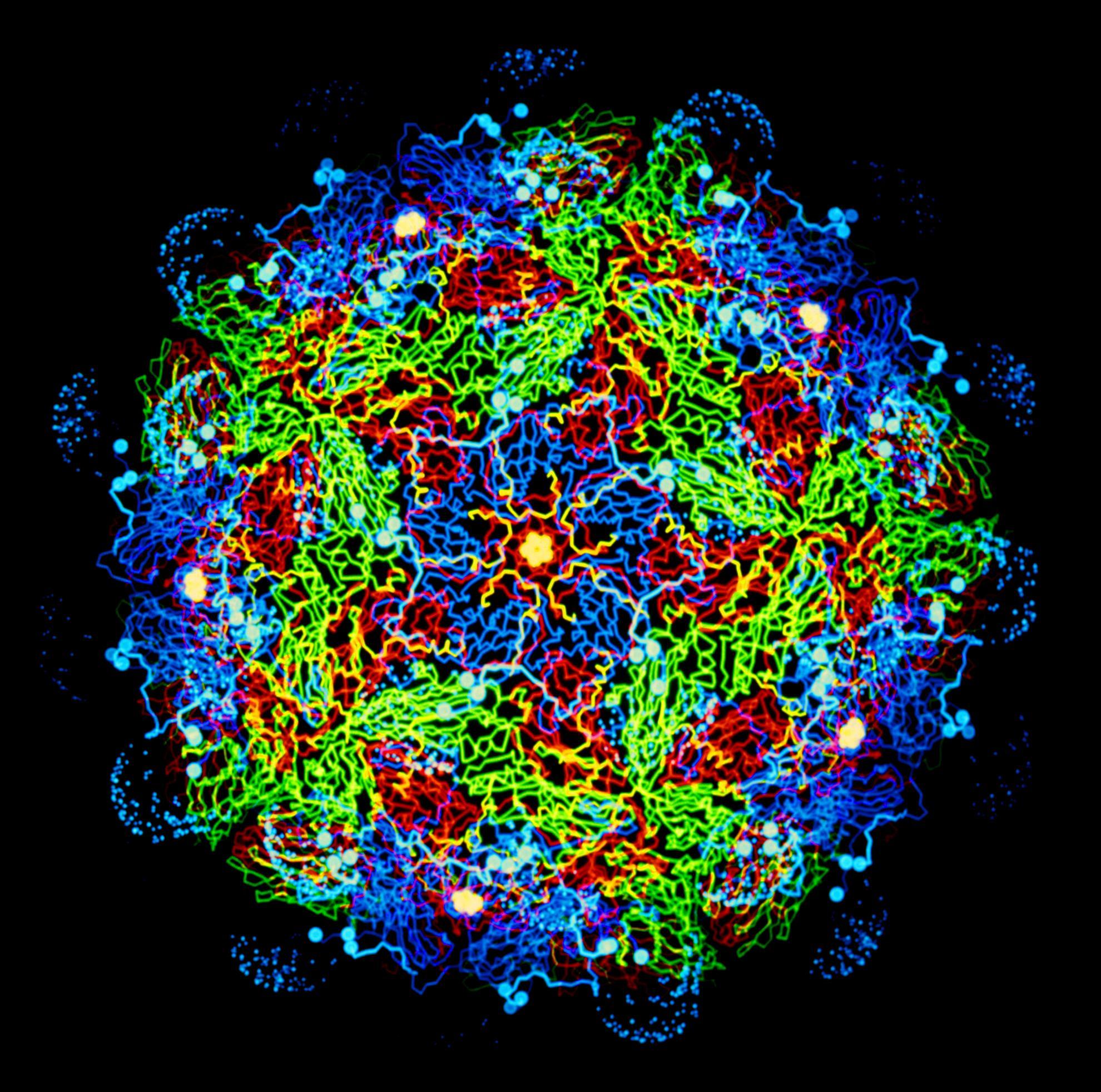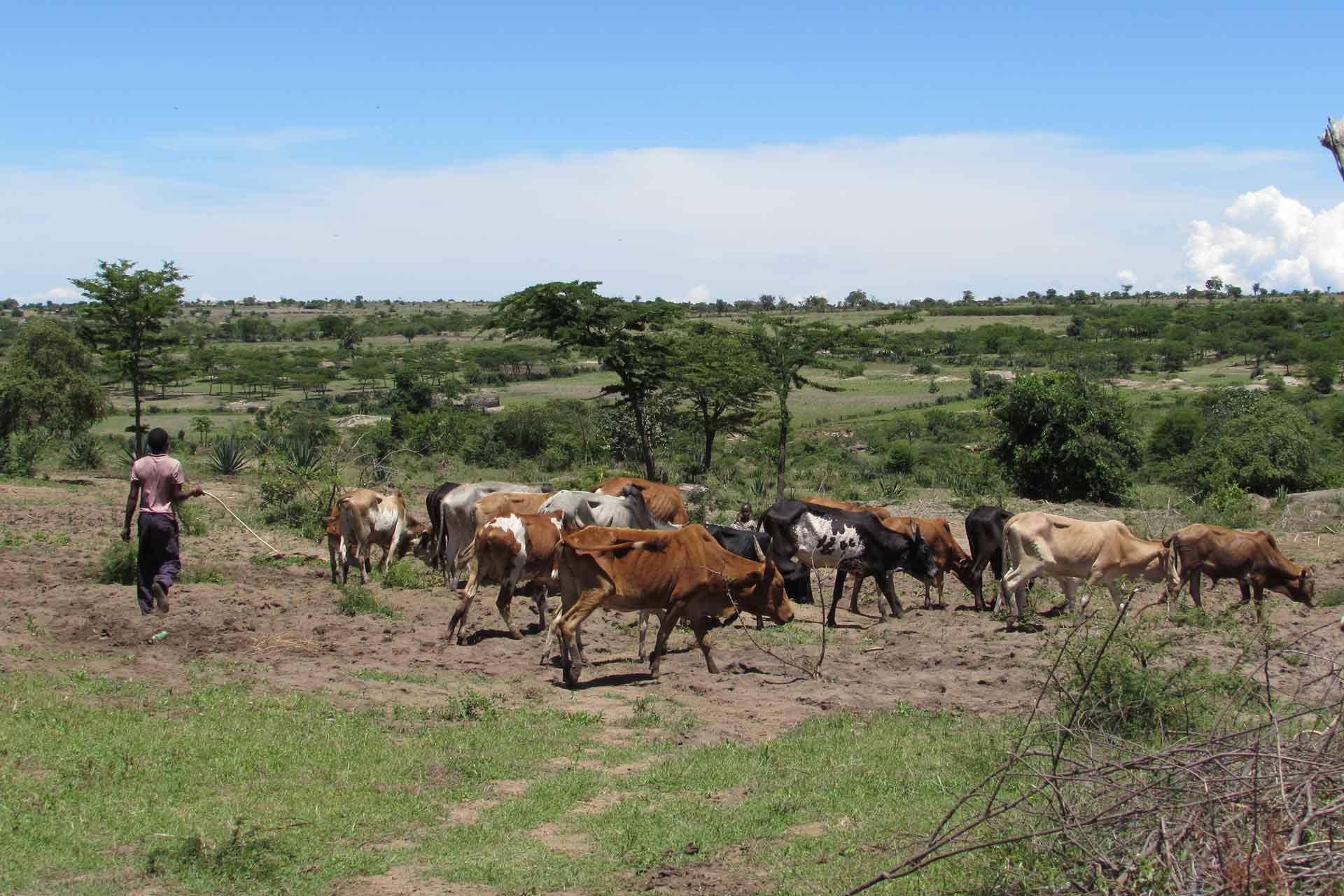Immunogenicity of imported foot-and-mouth vaccines in different species in Mongolia
Foot-and-mouth disease (FMD) is a high impact viral disease of livestock for which vaccines are extensively used in control. Mongolia has regular incursions of FMD virus that are typically limited to the eastern region although large epidemics are occasionally reported in the normally disease-free western areas. Vaccines are imported and form an important component of the control strategy. In 2015, post-vaccination monitoring guidelines were published by the FAO-OIE recommending approaches for assessing the appropriateness of imported vaccines including small-scale immunogenicity studies. This study used these recommended approaches to guide the use of vaccine adjuvant type and the need for a one or two dose primary course in the national control programme considering cattle, sheep and Bactrian camels and also whether these vaccines were appropriate for the FMD virus lineages considered high risk to Mongolia (A/ASIA/Sea-97; O/SEA/Mya-98; O/ME-SA/PanAsia; O/ME-SA/Ind-2001). The results of these immunogenicity studies indicated that in cattle and sheep, oil-adjuvanted vaccines led to higher and more persistent neutralisation titres that were satisfactory against the target lineages if a two-dose primary course was utilised. In contrast, aqueous-adjuvanted vaccines were associated with lower titres that likely required a booster after 3 months. Levels of antibodies in Bactrian camels were significantly lower although it is unknown how these may correlate with protection under experimental or field exposure conditions. The results of this study have implications for vaccine policy in Mongolia and suggest further studies on the role of Bactrian camels in the epidemiology of FMD are necessary to indicate if further research on FMD vaccines are needed in this species.


